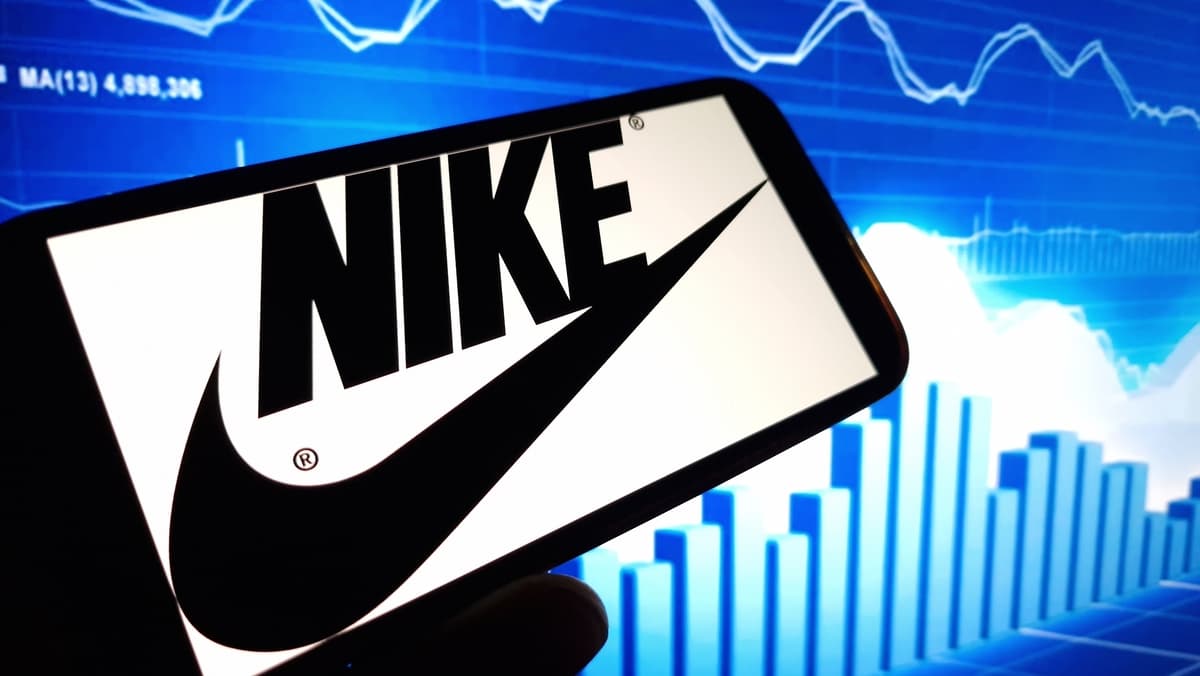
Nike stock analysis: Nike, a global leader in athletic footwear and apparel, has faced recent challenges that have led to a decline in its stock price.
Stock market today: understanding the factors contributing to this downturn can provide insights into the company’s current position and future prospects. This analysis explores the key elements impacting Nike's performance in the market.
Nike operates through a diverse business model that includes the design, manufacture, and marketing of sports-related products. The brand is recognized for its strong marketing campaigns and innovative products. With a global presence, Nike has established itself as a dominant player in the sports apparel industry.
Key Revenue Streams
Nike generates revenue through several channels:
Footwear Sales: The core of Nike's business, offering a wide range of products from running shoes to lifestyle sneakers.
Apparel Sales: Includes sportswear, casual clothing, and accessories.
Direct-to-Consumer Sales: Increasingly, Nike has focused on selling directly to customers through its website and retail stores, enhancing customer engagement.
Supply Chain Disruptions
One of the primary factors affecting Nike's stock is supply chain disruption. The global pandemic has led to significant delays in production and shipping, impacting product availability. This disruption has resulted in inventory shortages, which can affect sales and brand visibility.
Rising Production Costs
Inflation has led to increased production costs for Nike. Higher expenses related to raw materials, labor, and logistics have pressured the company's margins. As costs rise, maintaining competitive pricing without compromising quality becomes a significant challenge.
Changes in Consumer Behavior
Post-pandemic, consumer behavior has shifted. While there is a strong desire for athletic apparel, consumers are increasingly selective about their purchases. This shift towards more mindful spending can impact sales, especially if consumers perceive a lack of value in premium products.
Increased Competition
Nike faces stiff competition from numerous brands in the athletic wear market. Companies such as Adidas, Under Armour, and emerging brands have intensified their marketing efforts and product offerings. This heightened competition can erode Nike's market share and influence customer loyalty.
Market Saturation
The athletic apparel market is becoming increasingly saturated. With many brands offering similar products, distinguishing itself becomes crucial for Nike. If the brand fails to innovate or connect with consumers effectively, it risks losing relevance in a crowded marketplace.
Macroeconomic Conditions
The broader economic environment plays a crucial role in Nike's performance. Factors such as economic growth, unemployment rates, and consumer confidence can influence spending in the retail sector. A slowing economy may lead to reduced discretionary spending, impacting sales.
Currency Fluctuations
As a company with a global footprint, Nike is affected by currency fluctuations. Changes in exchange rates can impact revenue when foreign sales are converted back to the U.S. dollar. A strong dollar can adversely affect international sales, creating additional headwinds for the company.
Shifts in Marketing Strategies
Nike has historically relied on innovative marketing campaigns to build its brand. However, any missteps in marketing strategies can lead to a disconnect with consumers. If campaigns fail to resonate or align with current social issues, it can negatively impact brand perception and sales.
Social Responsibility and Brand Image
In today's market, consumers are increasingly focused on social responsibility. Nike’s brand image can be impacted by its stance on social issues, labor practices, and environmental sustainability. Any perceived inconsistencies can lead to backlash and affect customer loyalty.
Recovery Strategies
To address the challenges it faces, Nike may need to implement recovery strategies. This could include enhancing supply chain resilience, optimizing production processes, and focusing on innovation in product development. Adapting to consumer preferences through targeted marketing could further strengthen its position.
Emphasis on Sustainability
Sustainability initiatives can play a significant role in shaping Nike’s future. By committing to environmentally friendly practices and transparent supply chains, Nike can appeal to a growing demographic of environmentally conscious consumers. This commitment may help regain consumer trust and loyalty.
Leveraging Technology
Technological advancements can provide Nike with opportunities to enhance customer experiences. Investing in e-commerce platforms, personalized marketing, and data analytics can help the company better understand consumer preferences and respond effectively.
The recent decline in Nike's stock can be attributed to a combination of supply chain disruptions, rising production costs, changing consumer behavior, and increased competition. The company is navigating a challenging landscape, facing both internal and external pressures. However, with strategic adjustments and a focus on innovation and sustainability, Nike can work towards regaining its footing in the market. As the brand adapts to these evolving dynamics, its ability to resonate with consumers will be critical in shaping its future trajectory.
When considering shares, indices, forex (foreign exchange) and commodities for trading and price predictions, remember that trading CFDs involves a significant degree of risk and could result in capital loss.
Past performance is not indicative of any future results. This information is provided for informative purposes only and should not be construed to be investment advice.